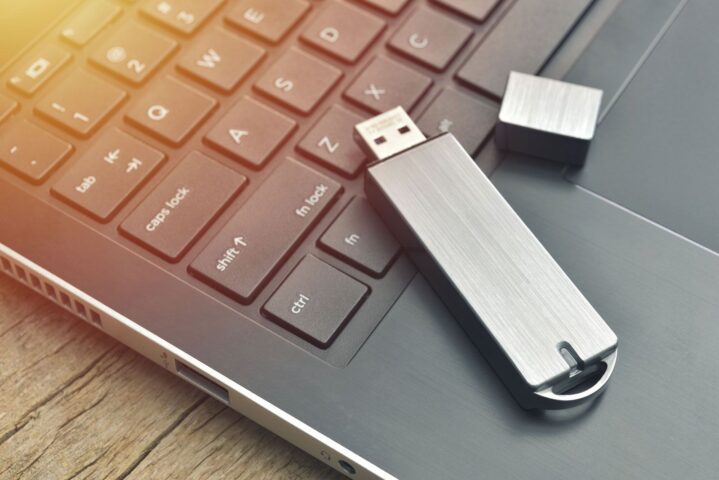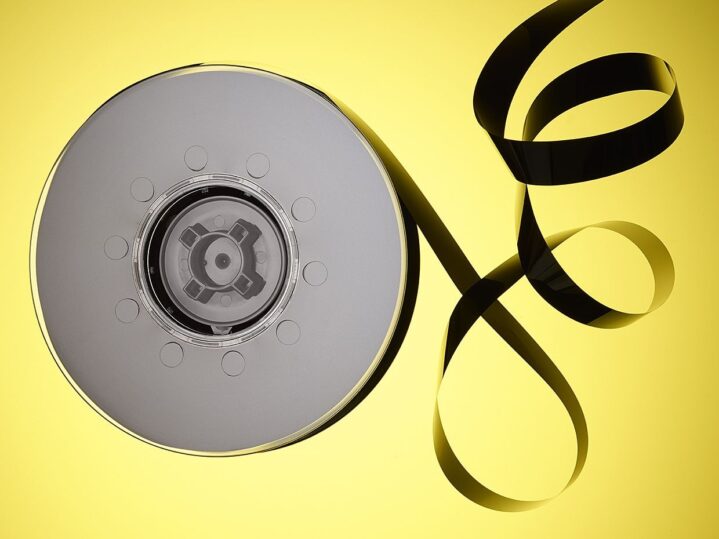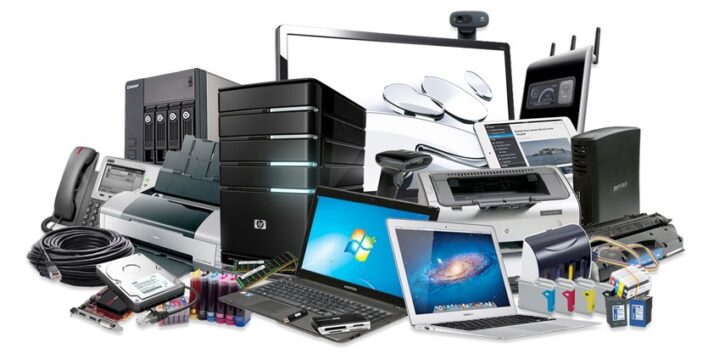Different storage media require specific erasure techniques to prevent unauthorized data recovery. Hard drives, solid-state drives, and tape storage each store information uniquely, making a one-size-fits-all approach ineffective.
Overwriting, encryption, and physical destruction all play roles in secure data removal. Without proper sanitization, sensitive data remains accessible, even after deletion or formatting.
This guide explains proven erasure methods, verification techniques, and the importance of certification. Businesses selling used IT equipment should follow secure practices to avoid data breaches.
Securing Different Types of Storage Media

Storage technologies need specific sanitization methods to keep sensitive data safe. Each type of storage media comes with its own security challenges that you need to address before selling used equipment.
Hard Disk Drives (HDDs)
HDDs store data magnetically on spinning platters and need different erasure methods than newer storage types. Your deleted files stay physically present on HDDs until new information writes over them.
You can sanitize HDDs effectively by:
- Using dedicated software tools that write zeros, ones, or random data patterns over all sectors.
- Going with single-pass overwriting on modern high-density drives – research shows this stops data recovery even with advanced lab techniques.
- Using specialized validation tools to check if erasure worked before you sell your IT equipment.
You’ll find many overwriting standards for HDDs beyond simple wiping. These include the DoD 5220.22-M (3-pass) method and Gutmann Method (35-pass). NIST 800-88 now suggests single-pass erasure works fine for most modern drives. Physical destruction becomes your only option to prevent data exposure if drives don’t work anymore.
Solid State Drives (SSDs)

SSDs work nowhere near the same way as HDDs, which means traditional overwriting methods don’t work as well. These drives organize data in fixed-size pages (typically 4KB) grouped into blocks. The biggest problem? You can’t overwrite pages directly.
Here’s what you should do to erase SSDs:
- Use the manufacturer’s secure erase tools if you can (Samsung Magician, Intel Solid State Toolbox, etc.).
- Run the ATA Secure Erase command for SATA SSDs or NVMe Format command for newer NVMe drives to reset flash memory cells electrically.
- Skip multiple-pass overwriting, since it wastes write cycles and shortens your drive’s life.
SSD wear-leveling algorithms spread write operations across memory cells to make drives last longer. This creates potential security risks because data might stay in unmapped sectors. That’s why manufacturer tools are so valuable – they understand the drive’s firmware architecture.
Encrypted SSDs give you a quick way to protect data without wiping the whole drive. Once you destroy the encryption key, nobody can recover your data, even if the bits stay on the flash memory.
Tape Storage and Specialized Media

Many companies still use tape storage for archives, and these need their own erasure methods. Most tape systems give you two options:
- Short erase (fast) – wipes the tape header but leaves the data physically intact, though some devices don’t offer this.
- Long erase (slow) – rewrites the entire tape to remove all data.
Degaussing works great to erase magnetic tape by neutralizing its magnetic field, but you can’t use the tape afterward. You should keep tape media in climate-controlled, weather and fire-protected spaces until you can dispose of it properly.
Other storage types like optical disks (CDs/DVDs), proprietary cartridges, and legacy systems need their own unique erasure approaches. After you’ve fully sanitized all your storage media, you can work with specialized vendors to sell your used IT equipment while staying compliant with data security rules.
Verifying Complete Data Removal

Deleting files or formatting drives won’t protect your sensitive data adequately. Your deleted information stays recoverable until someone properly overwrites it. You must verify data removal as the final critical step before selling used IT equipment.
Testing for Data Remnants
Data remanence residual information left after attempted erasure creates serious security risks. Verification software performs post-erasure scans to confirm complete data removal. These specialized tools search for recoverable information using techniques similar to those used by data recovery experts in New Jersey. Factory resets on modern Android smartphones can leave parts of encrypted data accessible in binary form, making verification a necessity rather than an option.
Recovery attempts give definitive proof of erasure effectiveness. Professional recovery tools that cannot retrieve data suggest unauthorized parties won’t succeed either. This becomes especially important with solid-state drives, where wear-leveling algorithms complicate complete erasure.
Documentation and Certificates of Destruction
A Certificate of Destruction (CoD)—sometimes called a Certificate of Sanitization—proves that someone properly eliminated the data. These documents include:
- Device identification (serial numbers, model numbers)
- Sanitization method details
- Verification method employed
- Name of software or hardware used
- Personnel who performed and verified the process
- Date and timestamp of the procedure
These certificates serve as critical evidence during data breach litigation and show due diligence in data protection. Regulatory frameworks like NIST SP 800-88 require organizations to keep destruction records available.
Third-Party Verification Services

Independent verification provides extra assurance beyond in-house testing. Professional services conduct:
- Level 1 verification: Testing through standard device interfaces
- Level 2 verification: Raw data extraction from memory chips
Note that verification services follow NIST SP 800–88 guidelines while providing tamper-proof documentation. These providers assess whether your erasure procedures meet compliance requirements for sensitive industries.
Verification helps boost your equipment’s resale value. Verified clean devices usually fetch higher prices than those without proper documentation when sold through specialized vendors. Companies looking to sell used IT equipment can benefit from this final verification step to ensure regulatory compliance and get the best return on investment.
Conclusion
Thorough data erasure is essential before selling IT equipment. HDDs, SSDs, and tape storage demand different sanitization approaches, with software and hardware methods available based on security needs.
Verification ensures that data is permanently removed, preventing recovery risks. Certificates of destruction provide proof of compliance, while third-party validation enhances trust. Companies aiming to recover value from their used IT assets should prioritize proper data handling. Working with specialized vendors like Big Data Supply allows businesses to securely resell IT equipment while protecting sensitive information and meeting regulatory requirements.
